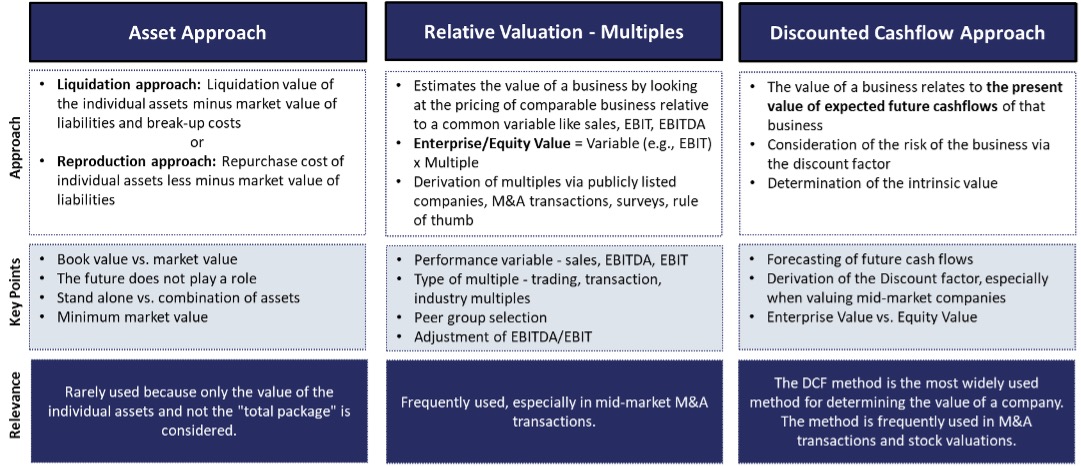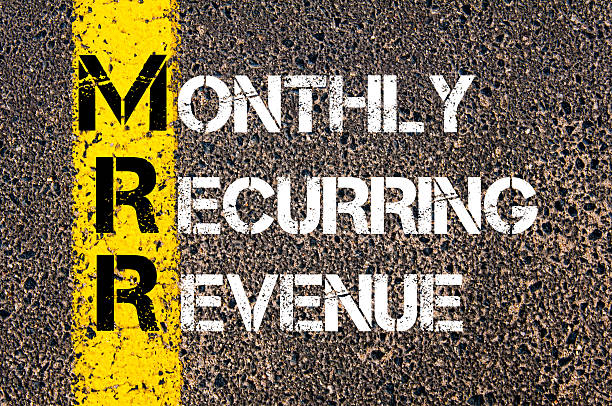
A Dealbridge, vai realizar o Meeting de 2024 em Portugal!
Estamos entusiasmados em anunciar o nosso próximo Meeting, que terá lugar nos dias 9 e 10 de Maio na cidade do Porto. Esta é uma oportunidade única para reunir os membros da nossa rede global e explorar oportunidades de transações Crossborder.
Durante dois dias intensivos de networking e aprendizagem, vamos mergulhar fundo no tema das transações crossborder. Com representantes dos 11 países onde a Dealbridge está presente, teremos uma visão abrangente das melhores práticas, desafios e oportunidades únicas que surgem ao negociar além fronteiras.
Contará com a presença de Painéis Especializados; destacamos a presença de Fundos de Capital de Risco e Private Equity, tal como a HCapital partners, que irão apresentar e fomentar a discussão sobre temas de estratégias de internacionalização das suas participadas e de potenciais transações crossborder.
Teremos ainda a presença da marca internacional espanhola GOIKO que apresentará a sua estratégia de entrada em alguns dos países onde a Dealbridge está presente. A Dealbridge será assim desafiada a apoiar a estratégia de criação de Joint Ventures entre grupos de restauração e o Grupo GOIKO, em cada um dos países a apostar.
Iremos receber um especialista da INVEN.AI, uma plataforma inteligente de dados de empresas que utiliza os mais recentes modelos de IA e PNL para analisar milhões de Websites e extrair dados comerciais relevantes. Uma ferramenta que será, sem dúvida, bastante interessante para a rede Dealbridge.
Terminaremos com Sessões de Brainstorming entre as várias equipas dos 11 países, fomentando a valiosa troca de ideias e a criação de oportunidades de colaboração futura.



